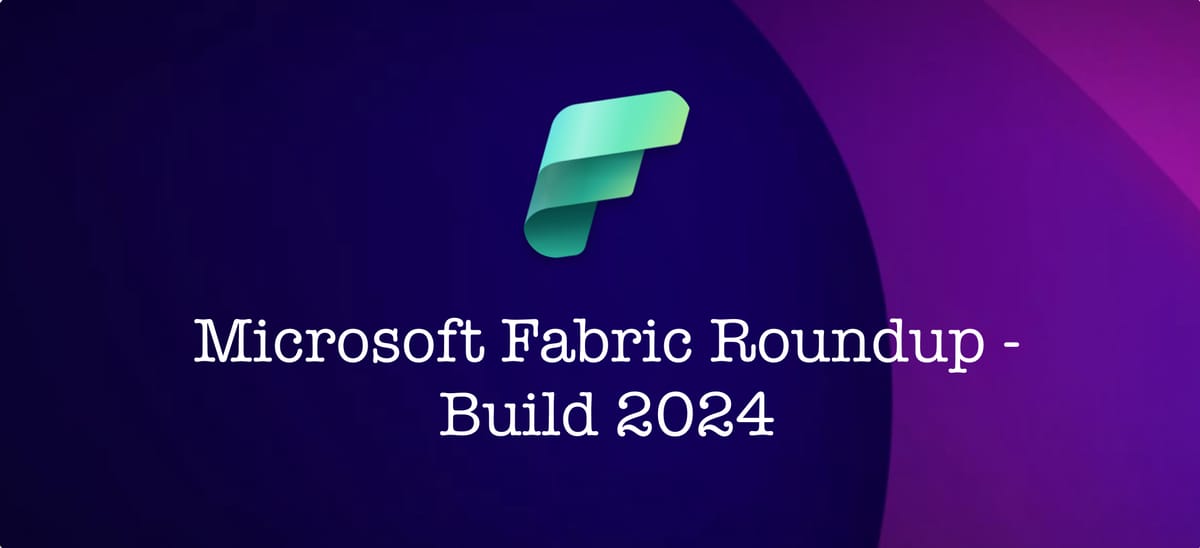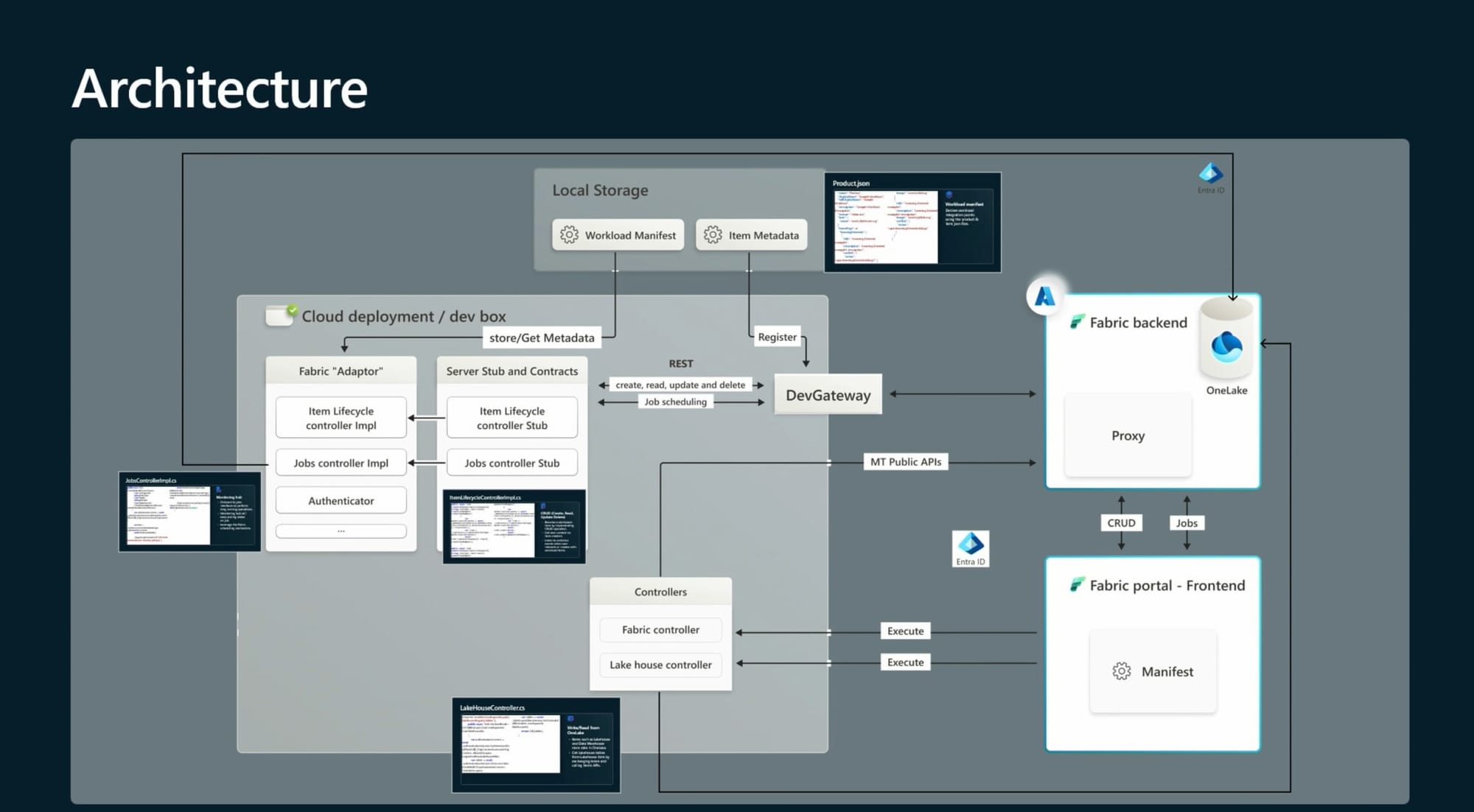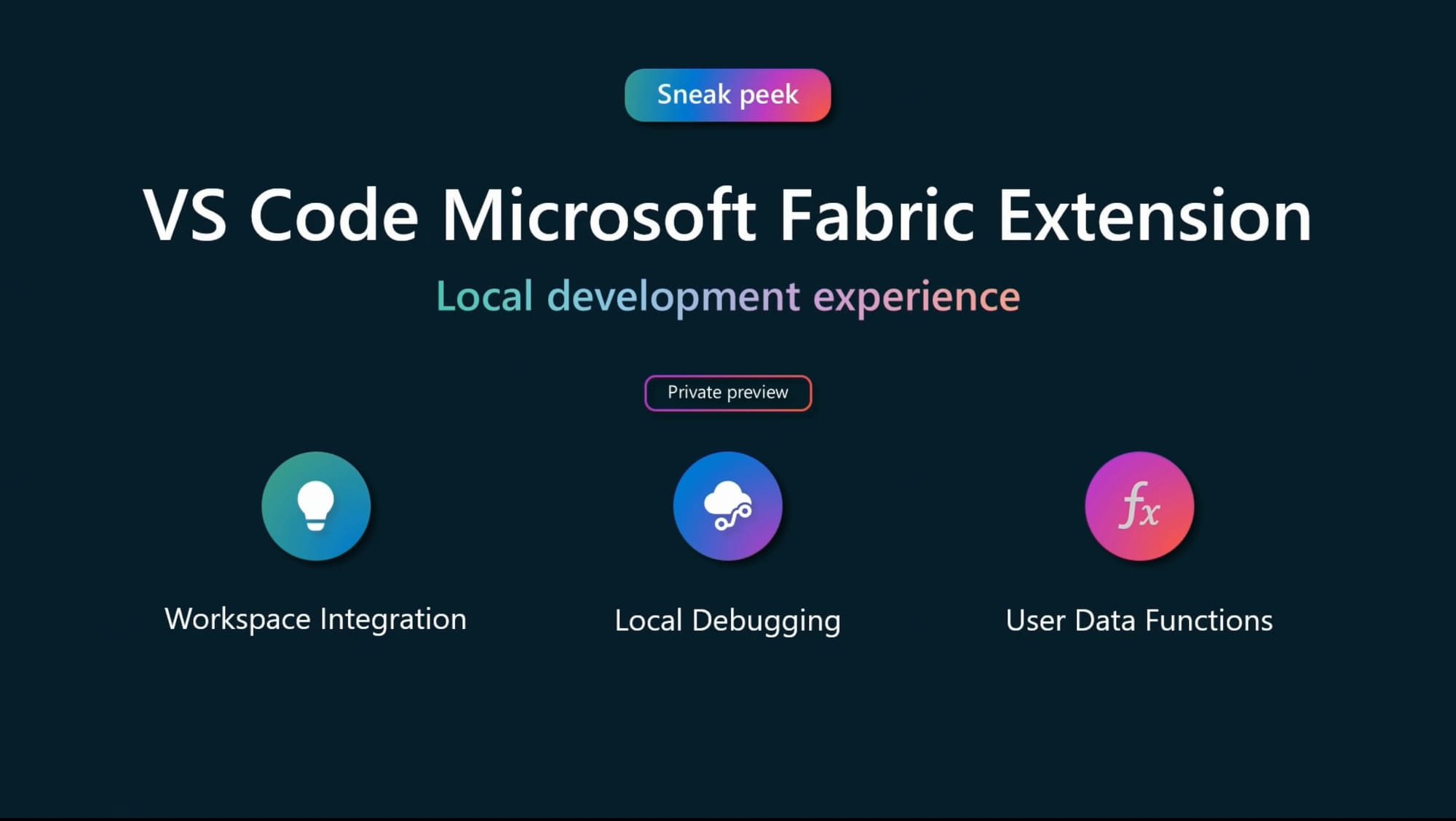Microsoft Fabric Roundup - Build 2024

Summary
The intent from Microsoft during Build 2024 was quite clear where Fabric was concerned; show the significant and ongoing progress since the General Availability in late 2023, land the message around Fabric’s ease of access, and focus on the SaaS nature of the product by demonstrating a “single pane of glass” view of all your data and analytical workloads. To that effect, I think there was a lot covered, and so much potential or opportunity, but there is no doubt that the devil is in the details and which can only be properly understood through hands on development.
Intro
Microsoft Build 2024 is ran from May 21-23 in Seattle and Online, and there was a significant focus on all-things data and AI, as I mentioned in last week’s blog about the keynote session. Since all the sessions I was tracking have been made available on-demand, and there were so many Fabric updates or announcements, I wanted to share the relevant talks, and highlight a few key updates as well as relevant opinions.
Here are the various Fabric-specific sessions from MS Build that inform the rest of this blog post:
- Keynote
- Microsoft Fabric: What’s New and What’s Next
- Reimagine Real-Time Intelligence with Fabric
- Accelerate insights with real-time Azure SQL Data and Fabric
- Extend and enhance your analytics workloads with Fabric
- API for Graph QL and User Data Functions in Fabric
- Unify your data with OneLake and Microsoft Fabric
Market & Roadmap Update
Microsoft shared that they have 11,000 customers now using Fabric and over 350,000 customers using PowerBI including 97% of Fortune500 organisations. Though seeing an update on the growth of the customer base is interesting, the thing I would call out here is that I think Microsoft would be targeting at least the same target audience for Fabric as those that are currently using PowerBI. In fact, they made a direct comparison with the customer growth over the time since launch between the two products.
An update to the Fabric roadmap was announced. There’s far too much to dissect here, but it’s worth having a browse as there were a few interesting items such as data exfiltration protection.
Key Announcements
I’ll note that this is heavily subjective, but I’ve highlighted what I see to be the “bigger” announcements either based on potential impact or Microsoft’s messaging
- Snowflake Interoperability and Apache Iceberg compatibility. Though much of the focus to date has been on delta tables in Fabric, Microsoft announced Iceberg compatibility during Build which is great in terms of extending to an additional open table format, and increasing flexibility, but the main thing to call out here is interoperability with Snowflake. Microsoft talked about and demonstrated the seamless two-way integration with Snowflake. This seems awesome, and alongside other announcements such as mirroring, will massively reduce the overhead in managing multiple data sources within Fabric. However, a word of warning is to consider the implications in terms of cost depending on storage and compute as this would likely be split across two products / services
- Fabric real-time intelligence. Aside from the nuts and bolts of this announcement, including integration with sources like Kinesis and Fabric Workspace Events in real time, it’s worth calling out that real-time event data will be a Fabric use case that is of interest to a wide range of users and something that would potentially have ruled Fabric out as a primary analytics platform before now. Microsoft had a representative from McLaren racing on stage to discuss how they were using real-time intelligence to ingest sensor data that, as an F1 fan, was really interesting. I’m sure I will have a lot of questions as I investigate this in more detail, but an obvious one is how cost compares to batch workloads and performance comparison to other options in this space
- AI Skills (see around halfway down this page). Released in preview, this is essentially a Custom Copilot type capability for business users that utilised Generative AI to convert natural language to SQL, enabling rapid Q&A of Fabric data sources and straightforward prompt engineering. I think an important consideration here is where this sits in terms of your overall user experience or use case in the sense that I think more regularly asked questions would be surfaced through PowerBI reports. Perhaps this would have a similar place to Athena in AWS for ad-hoc queries where more regular questions are answered via Quicksight. Nonetheless, this seems interesting in terms of time to value and Fabric GenAI integration
- Fabric Workload Development for ISVs. This was one I didn’t see coming at all. Microsoft announced the availability (in preview) of the workload development SDK and shared a demo that walked through how developers can create offerings via the Azure Marketplace and allow Fabric customers to utilise their solutions without leaving their Fabric environment. Some workloads mentioned include Informatica, neo4j, SAS, Quantexa, Profisee MDM, and Teradata. One really interesting thing here, is that Microsoft have essentially provided opened their React front-end so that workloads can have a “Fabric look and feel” for customers. I’m looking forward to getting hands-on with the SDK, and seeing how customers can accurately estimate pricing with ISV Workloads.

Other Announcements
It’s difficult to have complete coverage across all the news shared, but I still thought it to be worthwhile to call out that there was so much covered through these sessions so I’ve listed below a number of additional things that piqued my interest:
- External data sharing (cross tenant)
- Shortcuts to on premises sources for OneLake (search here for “lake-centric) available in public preview (relies on data in open format so also brought in mirroring of external databases) - mirroring is free for storage replicas and minimises duplication, but we need to be careful around managing cost as it would, presumably, mean egress and compute costs from the source provider
- A new real time intelligence Fabric MSLearn module
- Azure Databricks and Fabric integration - soon you will be able to access Azure Databricks Unity Catalog tables directly in Fabric
- Anomaly detection preview
- Fabric User Data Functions & functions hub - think about Azure functions but tightly integrated with Fabric. One example discussed was adding forecast projections to warehouse data, which is a common use case in PowerBI that would otherwise require some ETL-specific coding
- VSCode Microsoft Fabric Extension enabling workspace integration, local debugging, and user data functions
- Copilot for Data Warehouse - noting this produces the query but doesn’t run it so allows human in the loop adjustment and reduces unnecessary CU consumption. This also includes IDE-style (like GitHub copilot) autocomplete
- Fabric API for GraphQL

Links to private preview sign ups
Of course these will only be relevant for those reading shortly after publishing, but I wanted to share links and MS Forms in case people are looking for sign up links to public previews or a Microsoft Fabric trial after the event.
- AI Skills public preview
- User Data Functions public preview
- Anomaly detection public preview
- Fabric free trial